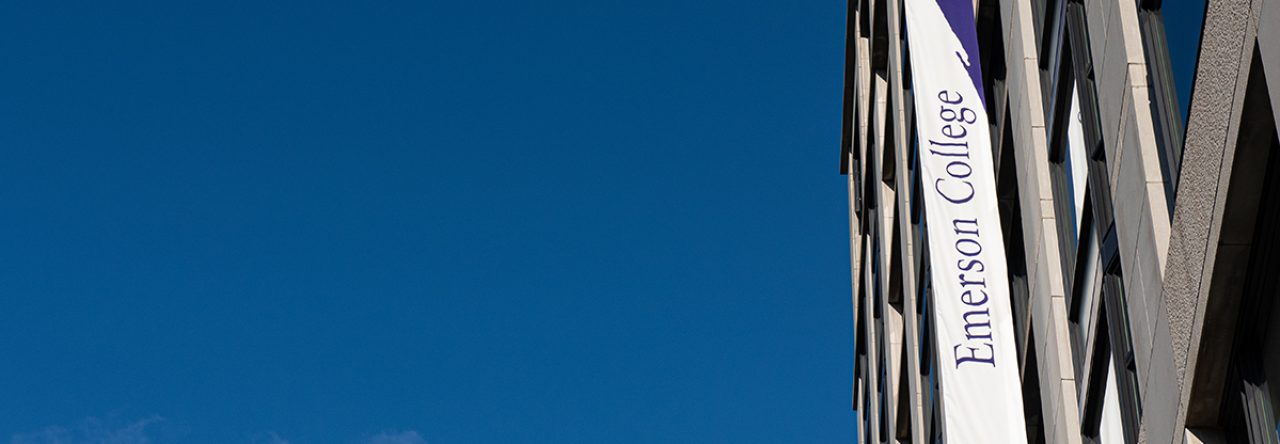Tips for applying for a Guggenheim Fellowship
The Guggenheim Fellowship provides a unique opportunity for scholars and artists to dedicate time and freedom to pursue scholarly projects or artistic endeavors with as much creative freedom as possible, while being relieved of their regular duties. Guggenheim Fellowships are intended for individuals who have already demonstrated exceptional capacity for productive scholarship or exceptional creative ability in the arts. This year, applications for the Guggenheim Fellowship are due on September 16, 2025.
Emerson Guggenheim recipients include Tulasi Srinivas, Professor in the Marlboro Institute for Liberal Arts and Interdisciplinary Studies (2025 Guggenheim Fellow), Kathryn Ramey, Professor of Visual and Media Arts (2022 Guggenheim Fellow), Jerald Walker, Professor of Writing, Literature and Publishing (2022 Guggenheim Fellow), Pablo Medina, Professor emeritus of Writing, Literature and Publishing (2012 Guggenheim Fellow) and Jabari Asim, Professor of Writing, Literature and Publishing (2009 Guggenheim Fellow).
Our colleagues at Dartmouth College, as well as another recent Guggenheim fellowship recipient recently shared some tips for faculty interested in applying for a Guggenheim.
Tips for faculty applying for a Guggenheim Fellowship (from Charlotte Bacon Assistant Vice Provost for Research Development at Dartmouth College and Connie Voisine 2021 Guggenheim Fellow)

Understand your eligibility. The Guggenheim supports senior or mid-career scholars with a record of scholarship. The Guggenheim is an award meant to recognize existing contributions to the field. Humanities scholars typically have published at least 2-3 monographs; scientists may have a book or project that has been promoted to a more general audience.
Think of yourself as a knight on a chessboard. The Guggenheim Fellowship allows scholars to move from their area of expertise into a new direction. Faculty should demonstrate their track record in their primary area of scholarship, and explain how the fellowship would allow them to move sideways into a new area, or blend new elements into existing scholarship.
Understand how the Guggenheim is reviewed. Your application will go through two review processes. The first review will be by those in your field, and the second review will be by generalists. You can choose up to 2 project fields in which your application will be reviewed. There are many project field choices available. Make sure you look at all the options to pick the best one. Additionally, make sure your application is written generally enough to be understood by a general audience.
Be strategic with your references. The Guggenheim allows four letters of reference. Use all four. References submit their letters directly to the foundation and you will not be notified when or if your references submit their letters, so maximize your chances in case one of your reference letters doesn’t arrive by the deadline. Use the most well-known references you can, including former Guggenheim recipients. And choose a diverse group of references, including academics and others from outside academia (your publisher could be a reference, for example).
The Career Narrative should be personal. Think about the following when you write this section: Why do you do this work? How did you start in this work? What matters about this field for you? Try to achieve an energetic, yet humblebrag tone, while mentioning all your prizes and achievements. Avoid using the term “unique.” Finally, mention why are you ready in your career right now for a Guggenheim for the project you are proposing (this helps connect your Career Narrative to your Statement of Plans). If your project is particularly timely and culturally significant at this moment, highlight that.
The Statement of Plans is a feasibility assessment. Think about the following as you write this section: What is the project? Why does it matter? Why are you the right person to do it? How are you going to use the funds in order to carry out your project? Present yourself as a person who is the right investment for the foundation.
Share your application. Because the second round of Guggenheim reviewers is a general audience, having your colleagues or ORCS read your application can help make sure that it is understandable and appealing to a wide variety of readers.
Be patient. Often people apply for a Guggenheim 2-3 times. You can apply again with the same project, but revise the project and change your references. Sometimes current events and the environment change and your project becomes more culturally significant, resulting in a successful application on a later try.
ORCS is always available as a resource. Please do not hesitate to reach out if you are considering applying for the Guggenheim Fellowship.
